Understanding and Fixing Oil Overfill Conditions in Chrysler Vehicles
Chrysler vehicles are known for their reliable engineering, but even the best machines can face maintenance challenges. One recurring issue involves oil overfill conditions, which can lead to engine performance problems and potential damage if not addressed. This blog will provide automotive technicians, mechanics, and shop owners with an actionable guide to diagnosing and resolving Chrysler oil overfill issues, inspired by insights from Mitchell 1’s technical service bulletin (TSB).
What is an Oil Overfill Condition?
An oil overfill occurs when the oil level in a vehicle exceeds the manufacturer’s recommended capacity. While it may seem harmless, excessive oil can lead to a host of issues, including:
- Increased Crankcase Pressure: Excess oil creates pressure that can damage seals and gaskets.
- Engine Performance Problems: Too much oil can foam, reducing its lubrication properties and causing engine overheating.
- Emission System Malfunctions: Overfilled oil can be drawn into the crankcase ventilation system, leading to fouled sensors and increased emissions.
Common Symptoms of Chrysler Oil Overfill
Technicians should watch for these warning signs in Chrysler vehicles:
- Oil Leaks: Excess oil pressure often causes leaks around seals and gaskets.
- Blue Smoke from Exhaust: Overfilled oil can enter the combustion chamber, burning off as blue smoke.
- Check Engine Light (CEL): Sensors affected by oil overfill may trigger a CEL, requiring immediate attention.
- Rough Engine Operation: Drivers may notice poor acceleration, misfires, or sluggish performance due to excessive oil disrupting normal engine functions.
Diagnosing Chrysler Oil Overfill Conditions
Mitchell 1 recommends a thorough diagnostic approach to identify oil overfill issues accurately:
- Check Oil Level: Use the dipstick to verify the current oil level against manufacturer specifications.
- Inspect for Leaks: Look for signs of oil seepage near gaskets, seals, and the oil pan.
- Scan for Diagnostic Trouble Codes (DTCs): A scan tool can reveal issues linked to sensors affected by oil overfill, such as oxygen or crankshaft position sensors.
- Examine Oil Quality: Foamy or aerated oil may indicate an overfilled condition.
Correcting Oil Overfill in Chrysler Vehicles
Addressing oil overfill requires precise action to avoid further complications. Follow these steps for an effective repair:
- Drain Excess Oil: Carefully remove the extra oil, ensuring the level matches Chrysler’s specifications.
- Inspect for Damage: Check seals, gaskets, and affected components for wear or failure caused by overpressure.
- Reset Engine Sensors: Clear any DTCs related to the oil overfill and test the sensors to confirm proper function.
- Educate the Owner: Advise the vehicle owner on proper oil maintenance practices to prevent recurrence.
Why Does Oil Overfill Happen?
Understanding the root causes of oil overfill can help technicians educate customers and prevent future issues. Common causes include:
- Incorrect Oil Changes: Overfilling during routine maintenance is the most frequent culprit.
- Defective Oil Level Sensors: Malfunctioning sensors may lead to inaccurate readings during an oil change.
- DIY Maintenance Errors: Vehicle owners performing their own oil changes may inadvertently overfill.
The Value of Staying Informed
Mitchell 1’s technical service bulletins, like their detailed guidance on Chrysler oil overfill conditions, are invaluable for staying ahead of common issues. Access to these resources helps automotive professionals deliver high-quality service, building trust and satisfaction among customers.
Expand Your Expertise with Smart Auto Training
At Smart Auto Training, we empower automotive professionals to master advanced diagnostics and repair techniques for complex systems. Whether you’re a technician, mechanic, or shop owner, our courses are tailored to enhance your skills and boost your career.
What We Offer:
- Comprehensive Training: Learn how to diagnose and fix oil system issues, from overfill conditions to sensor malfunctions.
- Hands-On Experience: Practice real-world scenarios with guidance from industry experts.
- Cutting-Edge Knowledge: Stay updated on the latest TSBs and manufacturer recommendations.
Conclusion
Chrysler oil overfill conditions, while common, can lead to serious engine problems if not addressed promptly. By staying informed, using precise diagnostic techniques, and following best practices for correction, you can ensure your customers’ vehicles perform reliably.
Ready to advance your expertise?
Visit SmartAutoTraining.com and explore our professional training programs for automotive technicians and shop owners.
Your knowledge is the key to better performance and customer satisfaction.
